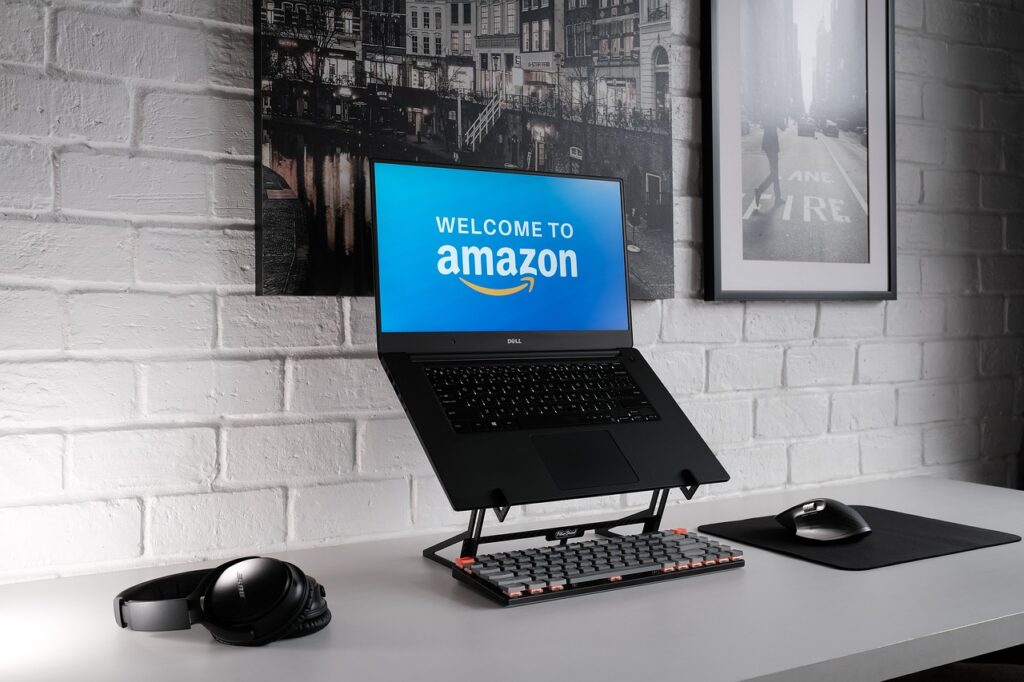How to sell a product globally on Amazon

How to Sell a Product Globally on Amazon
Introduction
Expanding your product sales on Amazon to international markets can open up huge opportunities, especially with Amazon’s solid customer trust and their wide audience.
In this article, we will go through the key steps to help you start selling globally on Amazon without unnecessary complexities.
Choose Your Fulfillment Type
When selling internationally on Amazon, you’ll need to decide between Fulfilled by Amazon (FBA) or Fulfilled by Merchant (FBM):
- Fulfilled by Amazon (FBA): With FBA, Amazon stores, packs, and ships your products, handling customer service as well. This option gives you the chance to focus on selling without worrying about international shipping, but you’ll pay additional fees.
- Fulfilled by Merchant (FBM): Here, you handle all the shipping and customer service yourself. This can save you costs if you already have a reliable shipping setup, though it does require more hands-on management.
Starting with FBA can be simpler since Amazon’s logistics support can smooth out potential challenges, especially if you’re not familiar with international shipping requirements.
Pick Your Target Market and Understand Regulations
Amazon has marketplaces in different countries, each with unique customer preferences and requirements. To avoid overwhelming yourself, you can consider starting in just one or two regions with strong demand for your type of product, such as the U.S., U.K., or Germany.
Identify where your product will likely succeed. The U.S. and European markets, for example, can be lucrative but might require adjustments to your product description or branding to align with local tastes.
Also understand that each country has its own set of import standards, product safety rules, and labeling requirements. For example, if you’re selling food or beauty items, there might be stricter health and safety regulations.
Open an Amazon global selling account that lets you manage all marketplaces from one dashboard. This is helpful for handling listings, inventory, and orders across regions.
Localize Your Product Listings
Making your product listings resonate with local buyers can make a big difference. Think about these adjustments:
Translate Content Effectively: If you’re selling in non-English speaking regions, make sure product titles, descriptions, and keywords are accurately translated. Amazon has some built-in translation tools, but for a more natural and persuasive listing, work with a professional translator.
Use Region-Specific Keywords: Search terms vary by country. Tools like Jungle Scout or Helium 10 can help you find relevant keywords for each market, which boosts visibility.
Adjust Prices and Currency: Display prices in the local currency and use measurements familiar to the audience, for clarity.
Localization shows potential customers that you understand their needs, which builds trust and increases sales potential.
Price Competitively and Account for Extra Fees
Setting the right price for international markets can be challenging, but here s a method to make it easier:
- Account for Exchange Rates and Fees: Selling abroad means dealing with exchange rates that can impact profit. Watch out for Amazon’s fees for international sales, along with any added logistics costs if you’re shipping products from one location.
- Add Import Duties and Customs: Check if your product will attract duties or taxes in your target country. Pricing your product too low might attract buyers but could leave you covering these costs.
- Consider Market Competitiveness: Research similar products in each market. In Nigeria, for instance, we often see discounts used strategically to attract first-time buyers. You can do the same on Amazon by running special deals to get your product noticed.
Advertise Properly
Amazon’s international markets are competitive, so running ads can help make your brand more recognizable and reach customers outside your typical market.
Sponsored Products: These ads display your product when a customer searches for similar items. It’s a good place to start because it targets people already interested in what you offer.
Use Amazon’s Brand Registry and Enhanced Advertising: If you’re a registered brand, you have access to video ads, display ads, and advanced analytics. These tools can provide valuable information such as how customers respond to your ads or which keywords use the best.
Invest in Low-Budget PPC Ads: Running small Pay-Per-Click campaigns allows you to make interest without a large investment.
Investing a little in advertising can increase your brand’s visibility, helping you build a foothold in new places.
Set Up Customer Service for International Buyers:
Selling globally means you’ll be interacting with buyers from different time zones, languages, and expectations. Here’s how to make it easier:
Multilingual Customer Service: Amazon handles basic customer support for FBA sellers, including returns, inquiries, and complaints, in the local language. This can be a huge relief when selling in regions where you don’t speak the language.
Time Zone Awareness: If you handle customer service directly, do your best to set realistic response times for each region. Use automated responses to let customers know when to expect a reply if you can’t offer 24/7 support.
Ensure Honest Returns and Refunds: Be clear about return policies on each product page. If customers know what to expect upfront, you’ll avoid issues that could lead to negative reviews.
Manage Inventory and Shipping Efficiently
One of the most challenging aspects of selling globally is keeping up with stock and shipping timelines. Fortunately, Amazon offers tools to help streamline this.
Use Amazon’s Global Inventory Platform: This lets you store inventory closer to your buyers, so products ship faster and reach customers quicker. For example, if you are selling in Europe, Amazon can store your stock in a European fulfillment center.
Track Inventory Closely: Global selling means you might see different demand trends in each market.
Partner with Reliable Shipping Companies: If you’re doing FBM, work with dependable shipping partners. A reputable delivery service can prevent delays and avoid complications with customs, saving you from potential headaches and losing customers.
Remember that customers on a global scale tend to have reservations, if their orders are not fulfilled promptly.
Monitor and Optimize Sales Performance
Once you’ve launched in different regions, keeping track of what’s working can help you stay profitable and refine your strategy over time.
Analyze Amazon Sales Reports: Amazon gives information as to what is driving sales in each region. By checking stats like conversion rates and the best-selling keywords, you will know where to focus your efforts.
Experiment with Listing Tweaks: Small changes, like swapping out images or rewording descriptions, can make a big difference. Amazon even allows you to run tests on listings to see which performs better.
Listen to Customer Feedback: Reading reviews can reveal valuable information. Look for feedback that repeat often to identify common issues or make improvements that can set your product apart.
Tracking this valuable information helps you adapt to market needs, ultimately increasing your chances of success in a variety of markets.
In Summary
Selling a product globally on Amazon can feel overwhelming, but breaking it down into these manageable steps makes it achievable. Choosing the right fulfillment option, optimizing listings for local appeal, setting competitive prices, and using Amazon’s advertising tools are all essential for a smooth transition to the global stage.
Remember, success in international markets requires much learning and patience. With time, you will understand your customer needs better and build a reputation that stands out worldwide.






Responses